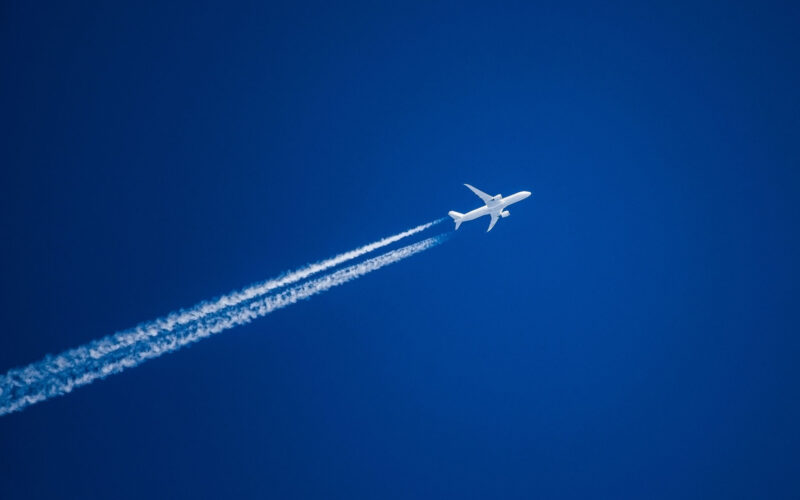It goes without saying that planes are seriously fast, but they can fly at a whole range of different speeds depending on the type of aircraft, altitude, weather conditions, and other factors. Aviation speed is typically measured in miles per hour (mph) – or a Mach number, which is a measurement of speed relative to the speed of sound.
Let’s explore how fast planes fly by focusing on commercial, military, and private jet speeds.
Different types of aircraft speed measurement
There are two main categories: ground speed and airspeed. Ground speed refers to the aircraft’s speed relative to the ground below. Airspeed is the more commonly used measurement in aviation and is usually measured in knots (kt), with one knot equivalent to 1.15 mph. This measurement considers the aircraft’s speed relative to the surrounding air, which is essential for safe and efficient flight.
The two most common types of airspeed are indicated airspeed (IAS) and true airspeed (TAS). Indicated airspeed is the speed shown on the aircraft’s instrument panel and is based on the pressure differential between the pitot tube and static port on the airplane. However, due to a variety of factors such as instrument errors and atmospheric conditions, indicated airspeed may not always be an accurate representation of the aircraft’s true airspeed.
Therefore, true airspeed is the actual speed of the aircraft relative to the surrounding air, independent of instrument errors or other factors. It is calculated by adjusting the indicated airspeed for temperature and altitude and is usually measured in kt or mph.
Plane speeds
Mach and mph are two different units of measurement for speed. Mph is a unit of measurement commonly used for ground vehicles and aircraft, and it measures the distance an object travels within an hour. Mach number is a unit of measurement that compares the speed of an object to the speed of sound.
The speed of sound, which is referred to as Mach 1, is approximately 767 mph (at sea level and at a temperature of 68 degrees Fahrenheit). Therefore, Mach 0.85, which is the typical cruising speed of commercial airliners, means that the aircraft is traveling at 85% of the speed of sound, or approximately 646 mph at sea level.
In comparison, the fastest human running speed ever recorded is approximately 28 mph – and needless to say, that’s significantly slower than the cruising speed of a commercial airliner. Even the slowest commercial airliner takeoff and landing speeds are much faster than the fastest recorded human running speed.
Specifically, the cruising speed of commercial airliners is typically around 550-600 mph, or Mach 0.85. Takeoff and landing speeds are much slower, typically between 130-180 mph, depending on the aircraft and weather conditions. The landing speed of a commercial airliner can be around 160-180 mph, while the takeoff speed can be around 130-160 mph.
The fastest passenger planes
The Airbus A350-1000 first entered service in 2018 and has a top speed of Mach 0.89, which means it can travel at approximately 683 mph at sea level. This makes it the fastest commercial plane currently in operation. The A350-1000 is also known for its fuel efficiency and advanced technology, making it a popular choice among airlines.
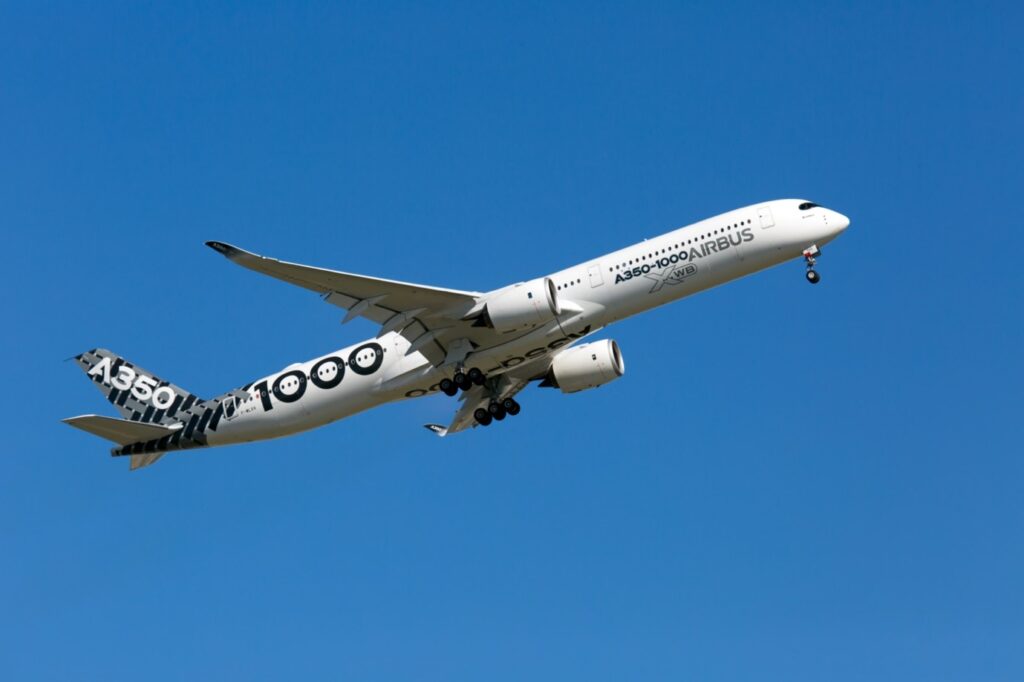
Another leading commercial airliner is the Boeing 747-8, which has been in service since 2011. It has a top speed of Mach 0.86, so it can travel at approximately 660 mph at sea level. The 747-8 is the latest variant of the Boeing 747, which has been a popular aircraft for over 50 years. The 747-8 is known for its large size and range, making it ideal for long-haul flights.
The fastest civilian aircraft ever built is the retired Concorde supersonic jet. Supersonic refers to speeds that surpass Mach 1 – the speed of sound. The Concorde was a joint venture between British Aerospace and the French company Aerospatiale. It entered service in 1976 and was retired in 2003. The Concorde could fly at speeds of up to Mach 2.04, or just over 1,565 mph. As such, it could travel from London to New York in just over three hours, compared to the average seven-hour flight time for other commercial airliners.
Despite its impressive speed, the Concorde was ultimately retired due to factors including high operating costs, environmental concerns and safety issues.
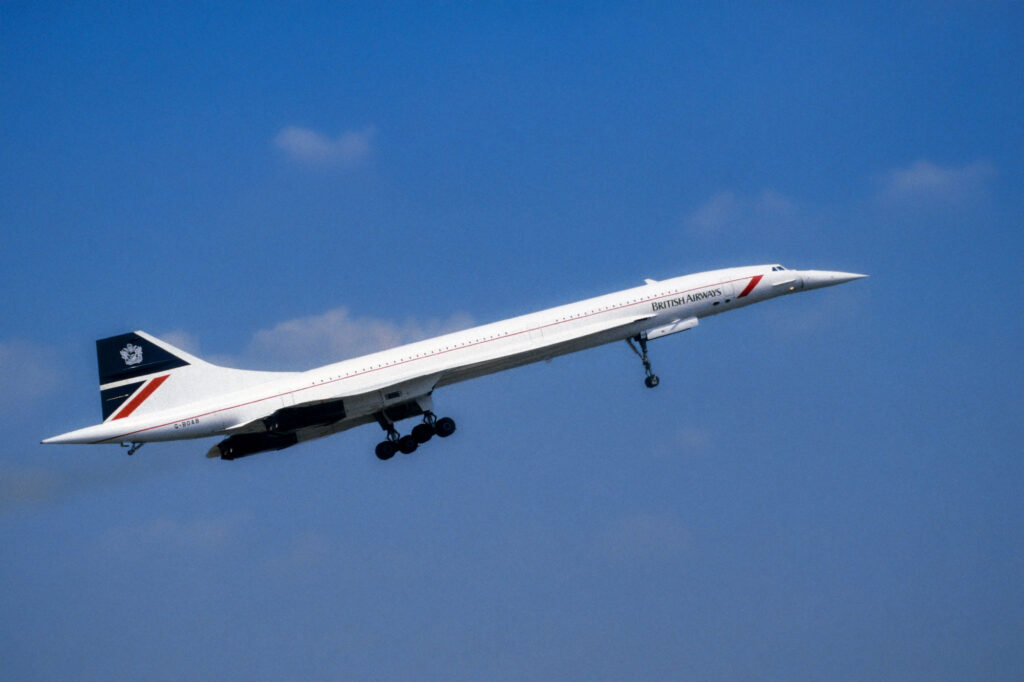
The fastest military aircraft
The Lockheed SR-71 Blackbird is a reconnaissance aircraft that was developed by Lockheed Martin for the United States Air Force. It first entered service in 1966 and was retired in 1998. The Blackbird is known for its impressive speed, altitude, and ability to evade detection. It has a top speed of Mach 3.3, which means it can fly at over 2,512 mph, and a maximum altitude of 85,000 feet.
The Blackbird was designed to conduct reconnaissance missions over hostile territory, and its high-speed and altitude capabilities allowed it to avoid enemy radar and surface-to-air missiles. Despite its performance, the Blackbird was retired due to high operating costs and the development of new reconnaissance technologies.
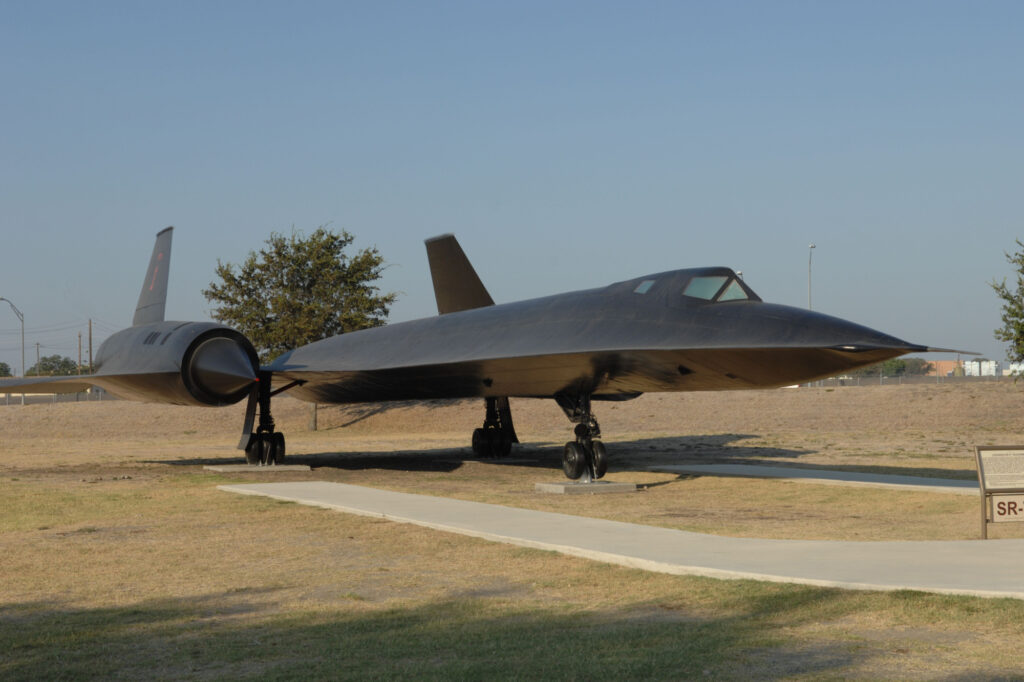
The Russian MiG-25, also known as the Foxbat, is a supersonic interceptor and reconnaissance aircraft that first entered service in 1970. It has a top speed of Mach 2.83, or over 2,154 mph, and a maximum altitude of more than 80,000 feet.
The MiG-25 was designed to intercept and destroy enemy aircraft at high speeds and altitudes. It was also capable of conducting reconnaissance missions over hostile territory. Used extensively by the Soviet Union and several other countries, only two units remain in service with the Syrian Air Force.
In addition to the SR-71 Blackbird and the MiG-25, there are many other military aircraft that are capable of flying at supersonic speeds. These include the F-15 Eagle, the F-16 Fighting Falcon, the Su-27 Flanker, the Eurofighter Typhoon, the Tu-160 Blackjack, the Antonov An-22, and the Rockwell B-1 Lancer. These aircraft are designed for a variety of missions, including air-to-air combat, ground attack, and reconnaissance.
Though the supersonic flight is an impressive technological feat, it is important to note that it comes burdened with several challenges, from high fuel consumption and environmental concerns such as sonic booms.
The fastest private jets
The Gulfstream G700 has a maximum cruising speed of Mach 0.925, or approximately 710 mph. It can fly nonstop for more than 7,000 nautical miles (12,964 km), making it a popular choice for long-range business travel.
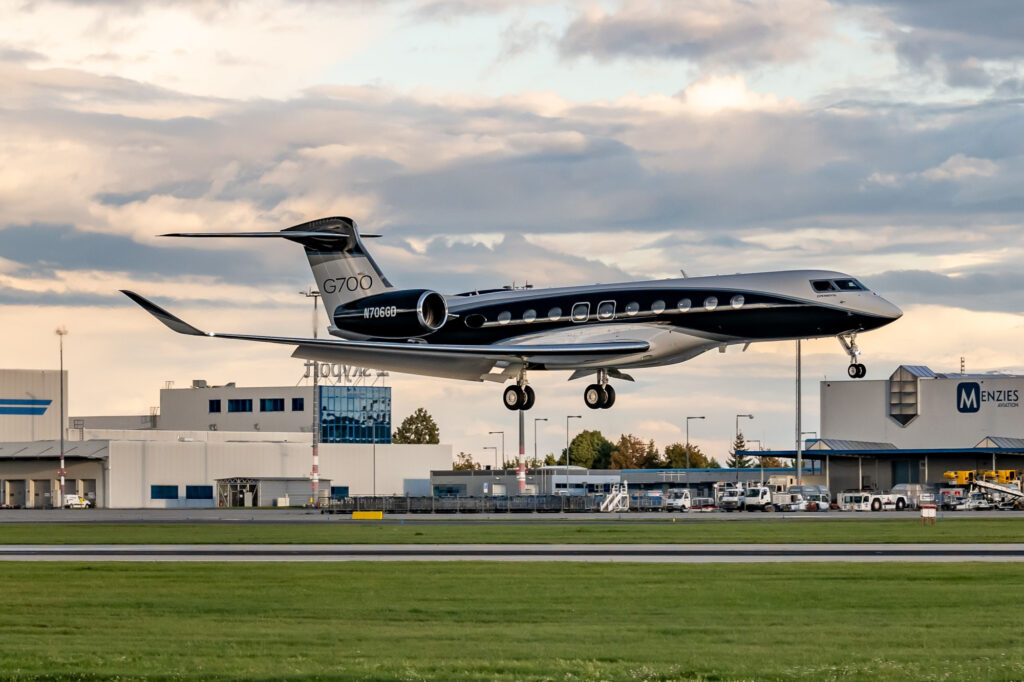
Another very fast private jet is the Cessna Citation X+, with a maximum cruising speed of Mach 0.935 or roughly 717 mph. It can fly up to 3,460 nautical miles (6,408 km) and is used for short to medium-range business travel.
The fastest private jet currently available is the Bombardier Global 8000 which has a maximum cruising speed of Mach 0.94. This long-range jet can fly up to 7,900 nautical miles (14,631 km) non-stop, making it one of the most capable business jets on the market.
However, it is worth noting that the top speed of private jets can vary depending on various factors, such as altitude, temperature, weight, and even humidity. While private jets are typically designed to reach high speeds, the actual speed during a flight may be lower than the maximum speed possible, due to various factors such as air traffic control restrictions, turbulence, and weather conditions.

